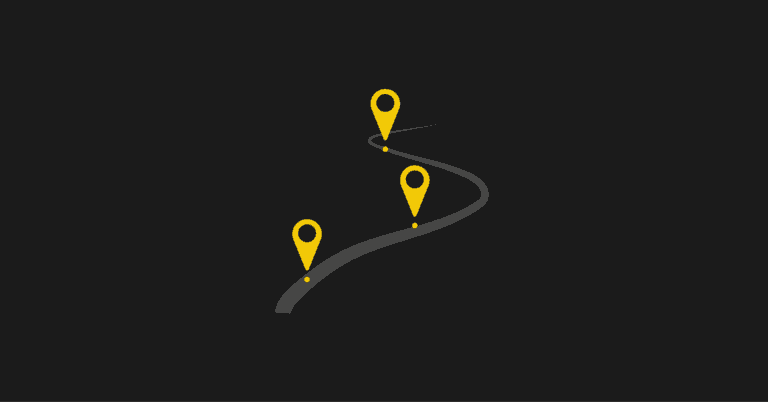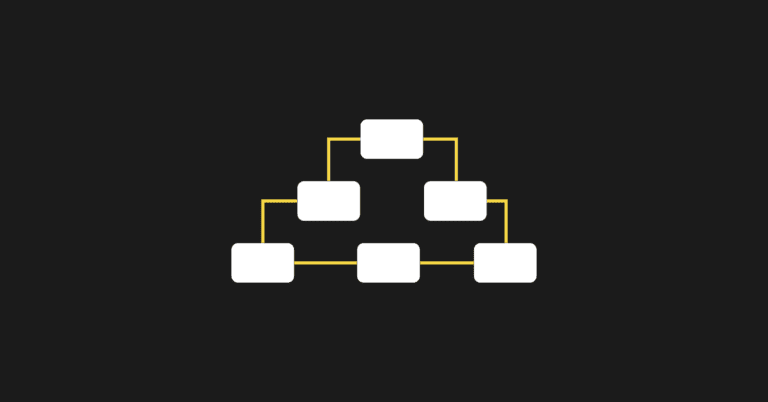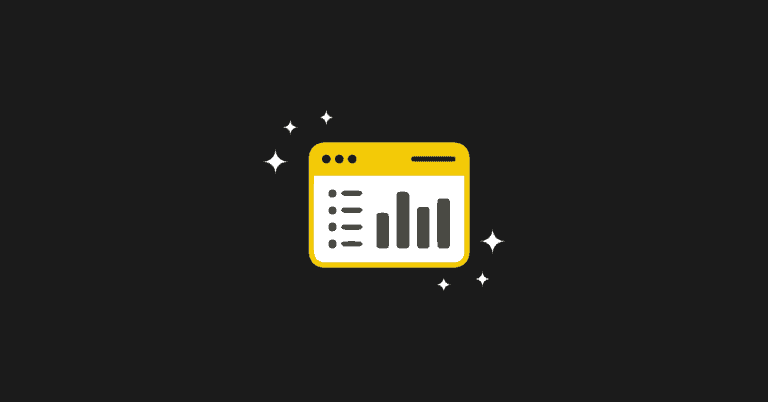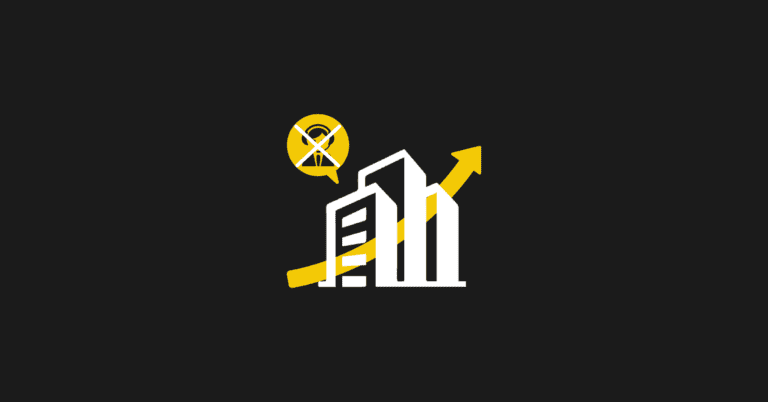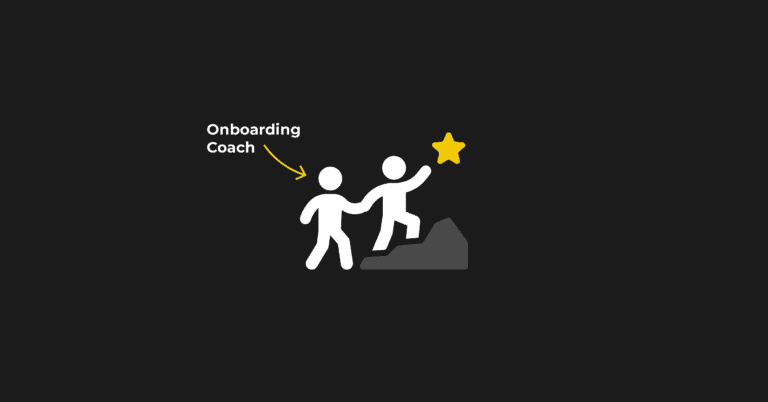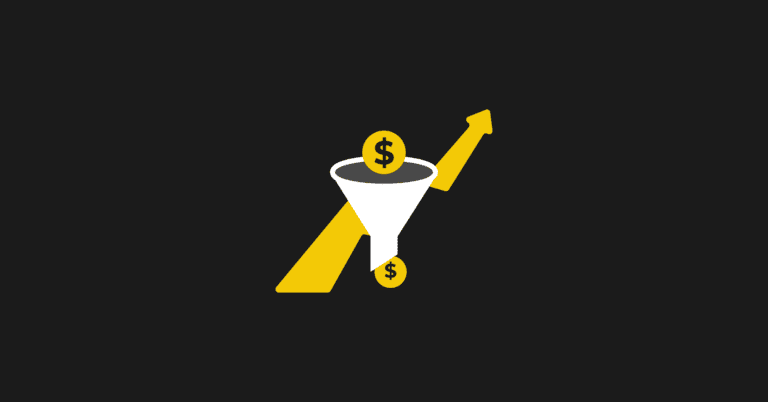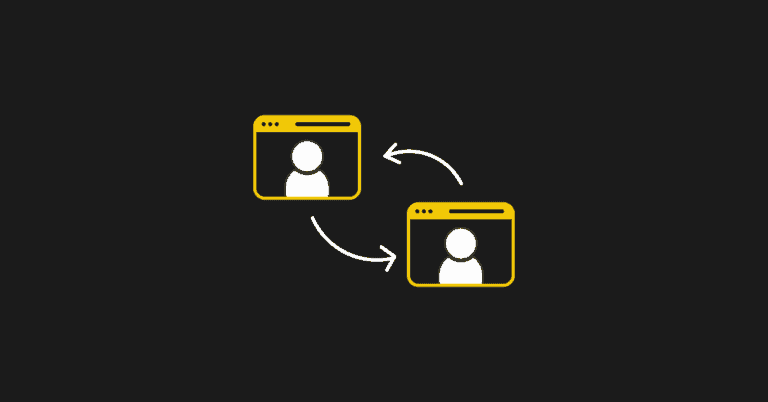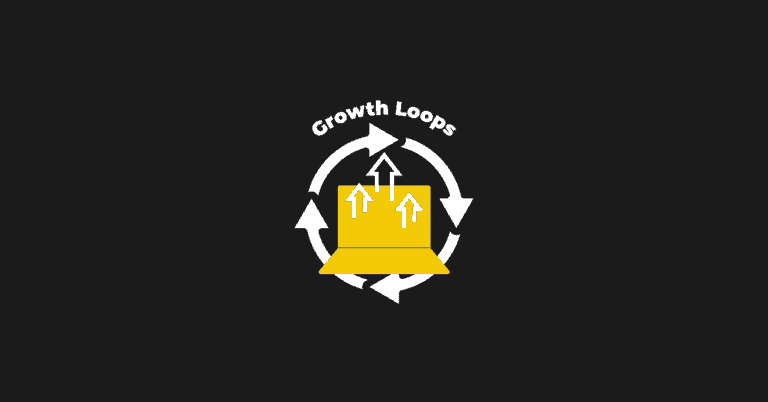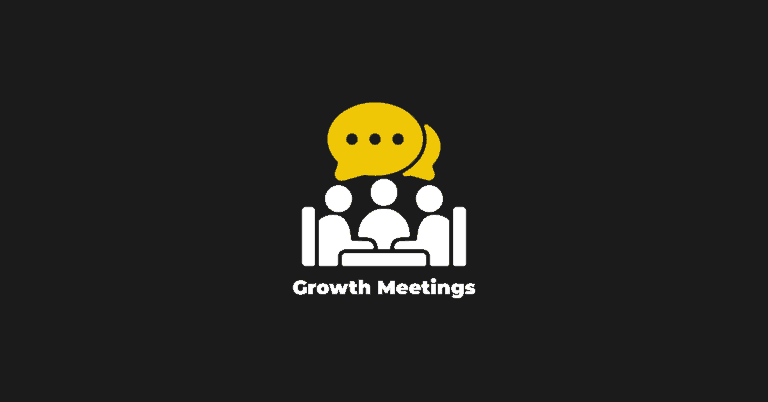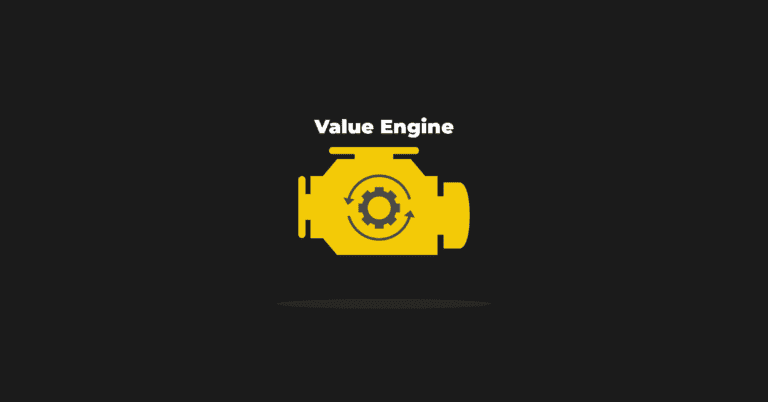Many companies have successfully moved from high-touch and high-friction sales models to a product-led approach. Yet, there’s not a lot of guidance about how to effectively make the change.
In this article, you’ll learn how your company can transition from sales-led to product-led growth (PLG), overcome challenges, and improve user experience with the help of customer success.
The Difference Between Sales-Led vs. Product-Led
Sales or products determine the go-to-market strategy of your company that drives growth and retention.
Sales-led companies tell users their value.
In a sales-led model, assessing the problems users are trying to solve, seeking leads, and showcasing product features and functionality are done by salespersons. Time-to-value (TTV) may be immediate or take days, depending on the complexity of the product.
The steps a user takes during a sales-led process are illustrated below:
Product-led companies show users their value.
A product-led model uses freemium and free trial options to draw in users actively seeking solutions to their pain. The “try before buying” strategy focuses on creating an onboarding process to deliver value as fast as possible and generate leads through sign-ups.
The go-to-market product-led strategy emphasizes quality, value, and product experience.
Users realizing their “Aha!” moment is crucial. A shorter TTV increases a SaaS company’s likelihood of retaining users and avoiding churn.
When to Consider Shifting to Product-Led Growth
A growing number of SaaS companies are shifting from sales to product-led. According to the Product-Led Growth Benchmarks 2022 report, 58% of B2B technology companies have a PLG motion in place.
Canva, DropBox, and Zoom are product-led companies that have fueled rapid growth with valuable products and superb market fit.
Customers want to be in control of finding, trying, and buying their products.
Signs that your SaaS company should consider shifting to a product-led model include:
- There’s cross-departmental buy-in to work towards achieving a PLG model.
- Your team has worked hard to optimize the user experience.
- Your product has a self-service customer acquisition mechanism.
- The setup, configuration, and training of your product are not too complex.
- If you don’t already have a free trial or freemium option, you’re at least brainstorming how to implement one.
The Journey Hypercontext Took to PLG
At Hypercontext (formerly Soapbox), we have successfully transitioned from being mainly sales-led to completely product-led. We don’t have a sales team – our video recording, editing, and sharing product essentially sell itself.
So, what made us switch?
We love our product and want to build the best possible version. We realized that as Hypercontext grew, we had the opportunity to rebuild the app from scratch and make it better than ever.
A simple mindset shift cemented our decision. We asked ourselves if we were building a business for a company that exists today or a company that exists in five years. Our team decided on the latter and chose to build an app for the future, not the past.
To make the transition to product-led as smooth as possible, we looked at the problems in our existing sales-led company. In doing so, we identified two key issues:
- First, the current sales-led model was heavily pipelined-constrained, and we couldn’t start growing more revenue until we developed the pipeline.
- Second, we couldn’t deploy the latest development of the product until we were confident that people would use it. Consequently, several prospects left the existing pipelines.
The solution was to solve the adoption problem before we solved the sales problem.
Challenges When Shifting From Sales-Led to Product-Led Growth
Although Hypercontext successfully switched from sales-led to product-led growth, the transition didn’t come without challenges.
As we saw the pipeline of leads get smaller and smaller, we began to doubt whether we had made the right decision. Those doubts finally subsided when I started to look at the transition like it was a set of consecutive experiments that were either going to pay off big time or not.
Another challenge we faced during the transition to product-led was figuring out how to explain the move to our existing customers and team members. Some team members didn’t think it was a smart business decision since the DNA of a B2B organization is vastly different from that of a product-led company.
However, the biggest challenge was deciding and committing to focus everything on the free experience of our application. As you can imagine, this wasn’t easy at the time because we were a start-up company.
We realized you have to invest in products upfront to be product-led. As we moved from a sales-led to a product-led company, we moved away from hiring sales reps.
You get linear results when you depend on sales reps to cultivate leads and generate sales.
With product improvements, growth is exponential.
How to Shift to Product-Led Growth With Confidence
Many businesses that want to transition to a product-led approach are reluctant to converse with their team members about it. They’re concerned that they won’t understand it fully and become fearful of losing their jobs. However, if you’re serious about becoming a product-led growth company, you need to call a ‘spade a spade’ and go all in.
Consider it this way: Does optimizing how businesses buy over the past five years make sense? Or does optimizing how companies buy over the next five years make more sense?
If you want to start slowly, you should. You can start by experimenting and see it as a side project until it gains more traction and you’re confident enough to slam the pedal and shift the entire business to product-led growth.
Every SaaS company takes a different path to a product-led growth strategy.
Here are tips for adopting the fundamentals of PLG:
Start small, then expand PLG efforts.
Start by applying product-led growth freemium vs. free trials with a specific use case or new product. The failures you overcome and learn from can help build a PLG strategy that best fits your company and wins approval from warier departments about the benefits of making the shift.
Cross-departmental cooperating and communication are crucial.
Growth is everyone’s responsibility. In a PLG model, departmental silos kill growth. Management, Marketing, Customer Support, Engineering, Growth, and Product teams need to work together to improve every aspect of your product. Meet regularly about strategic priorities, and ensure every team knows their part.
Understand the difference between sales metrics and growth metrics.
Sales metrics focus on how to close conversion pipelines. During the transition from sales, your company needs to determine what PLG metrics are essential for growth and optimize them.
Amplify the Value You’re Giving to Users.
In PLG, your product is the primary marketing tool. How can you show users value instead of telling them? Remove friction points during onboarding so users experience value sooner, analyze user data to pinpoint drop-off, and carefully structure your email outreach to match what stage of the customer journey the users are experiencing.
How Support Can Contribute to Product-Led Growth
If you have a product-led company, your customer success and support team can become one of the most important departments within the company. It’s challenging to get users of your product to communicate with you, especially if you’re reaching out to them. However, that all changes when the user is the one reaching out to your support team.
At this stage, the user is ready to talk, complain, and tell you what they like about your app and what they don’t like. You can learn about users and their experience with your app by leveraging conversations between the customer and the support team.
Your customer success can become a significant source of growth for the company. You can use what they learn from active app users to improve the product, expand on it, fix any bugs you may not have even been aware of, and so on.
For every person who writes a complaint about the app to your support team, at least 100 others experience the same problem but remain silent. So, leverage your support team, listen to what users say about your product, and continue improving it.
The key to transitioning from sales models to product-led growth is to change the team mindset from selling first to adoption. Think about positioning the product and what you can do to get people to adopt your product instead of buying it and then removing themselves from it just as fast!
Are You Ready to Move to a Product-Led Growth Model?
Level up and discover how to build a successful product-led growth strategy from scratch and turn your product into a growth engine. Join our 4-week live training program that’ll give you step-by-step advice on how to take the product-led methodology from theory to practice. Learn more and sign up here.

